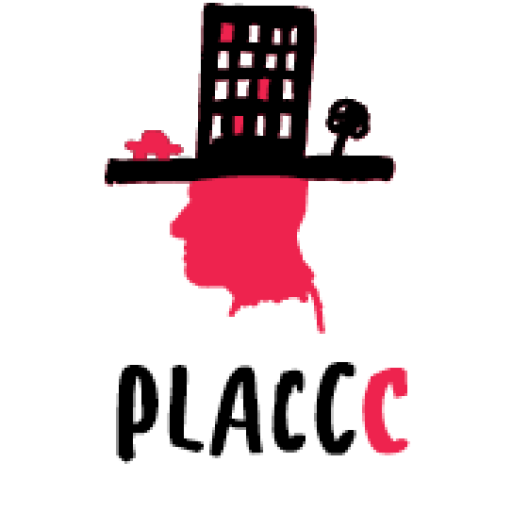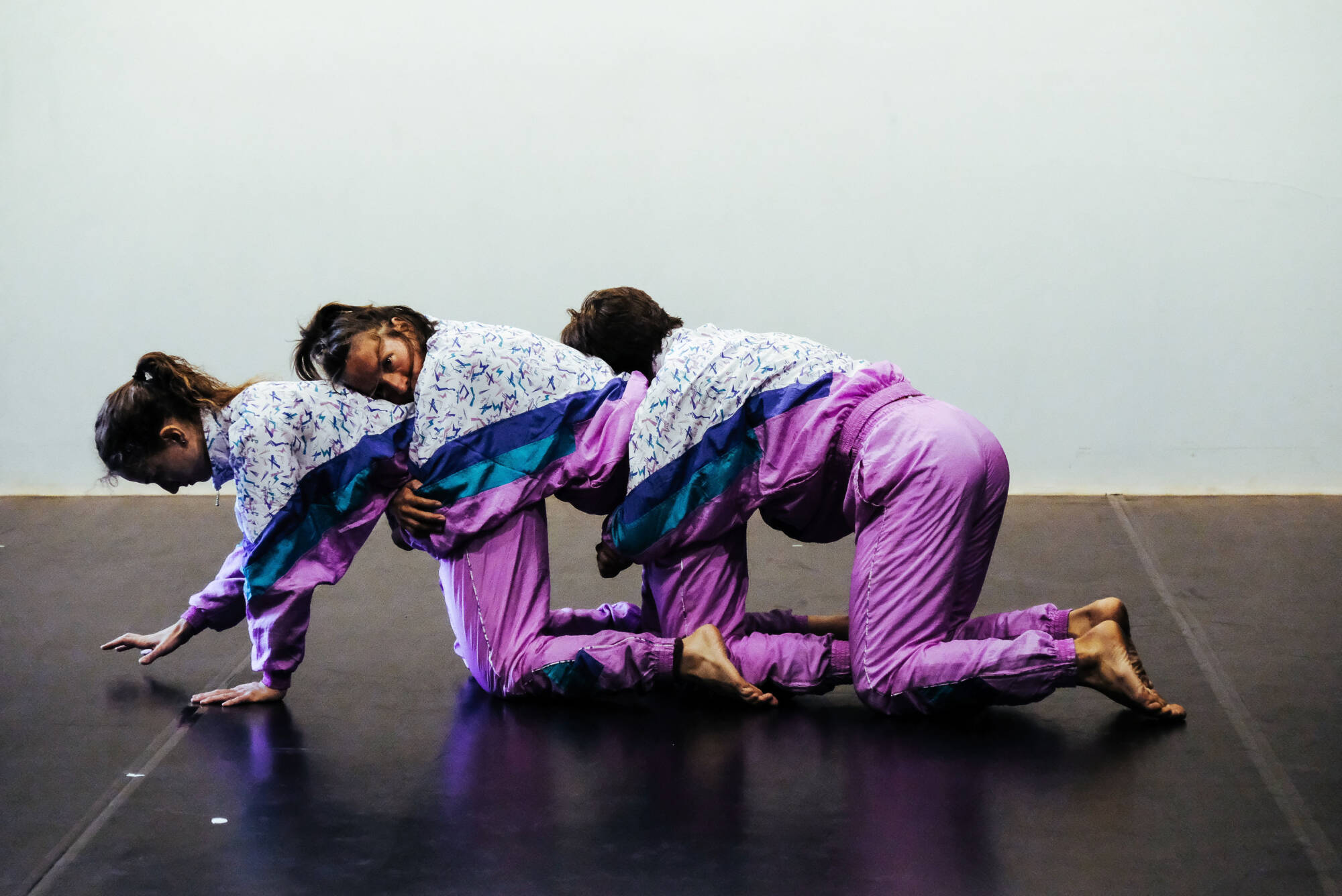The poetic forms of haiku and tanka are both short and complex, which is why they are difficult to translate – how can we then express their meanings through the language of dance?
Haiku and tanka are distinctly Japanese poetic forms, both strict and very formulaic. It is almost impossible to translate them perfectly to another language while keeping their original structure, much less so to faithfully rewrite them. Dezső Kosztolányi who died 85 years ago this year was the first artist working in Hungarian literature to take a serious look at the art and themes of haiku, a poetic genre of deep thought, wisdom and mystery in both its religious context and worldview.
The creators of Tanka in Motion wanted to answer the question of how dance might somehow adapt the meaning of these very concise poems when it is so difficult to translate them? How would they be able to recreate the spirituality and atmosphere of these haiku and tanka onstage? The artists’ goal is to “translate” these poems to their own language, the language of dance, and to convey their meaning, mood and way of thinking to the audience. Elements of dance are used to unpack the deep substance condensed into the few words of the poems, offering the audience opportunities to interpret them. The words themselves of course help them in this (like a few specific words shown visually and/or said during the dance), as do their sounds. Haiku and tanka are defined by a strong musicality, partly by the rhythm of the symmetrical form, partly by the atmospheric effect of the vowels and consonants that the audience is more receptive to.
The piece is based on three tanka poems: Hitomaro’s Night, Ryōzen’s Autumn and Kinto’s Waterfall. The artists selected keywords from the original poems and their Hungarian translations that have a role in creating the atmosphere of the texts. Essential words include solitude, emotion, night, autumn, waterfall, stones, aging, glory, sky, leaf, present. The performers used various images of nature found in the three poems (like waterfall, night, autumn), their colors, speed and ways of moving, along with the characteristics of living and non-living materials. They also thought about their atmosphere and the way they impacted them as human beings, analyzing the connections both within themselves and in nature. Like the qualities and spatial positions of specific body parts, and the way they can connect to one another.
The creators add another aspect to their research as a part of PLACCC Dance by having them write the choreographies into the very structure of the chosen public space.
Artists and Performers: Alex Miklósy, Viktoria Matisz, Ayumi Toyabe
Date and Time: 5.30 PM and 8 PM on 21st June 2022.
Location:
5.30 PM Stairs of the National Museum, 1088 Budapest, Múzeum krt. 14-16.
8 PM 1053 Budapest, Egyetem tér
Free program.
The performances will be held as a part of the „Köszönjük, Magyarország!” program.


